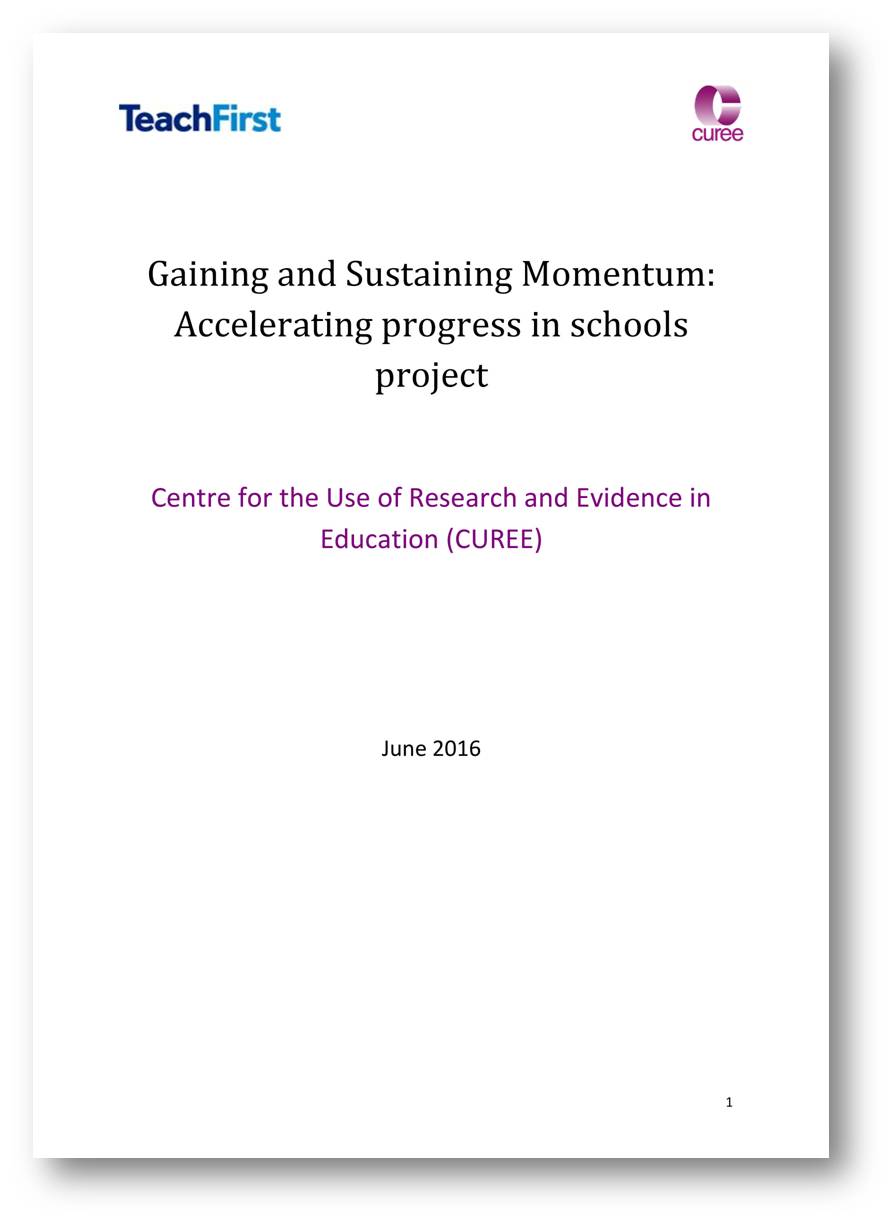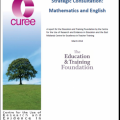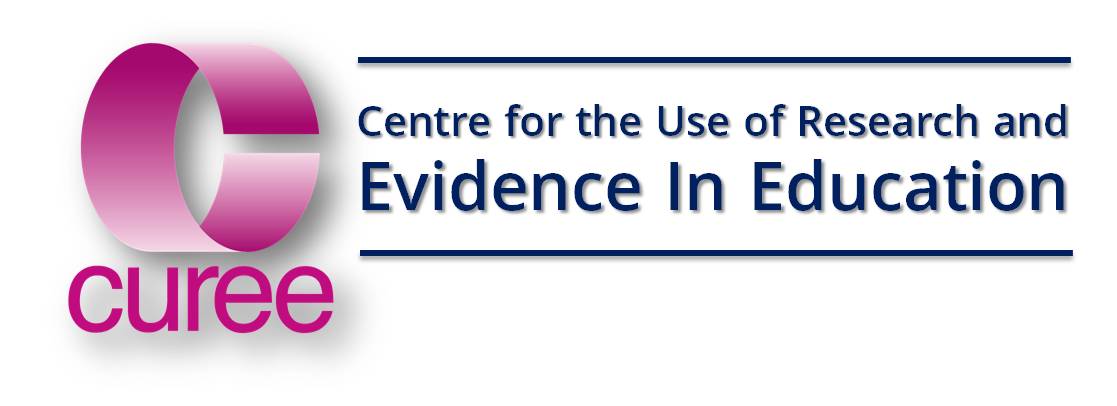The Evidence People
Curriculum
Developing Great Leadership of Continuing Professional Development and Learning
This is a map of evidence from high quality research reviews (including Best Evidence Syntheses) about Continuing Professional Development and Learning (CPDL). Building on earlier work, its focus on leadership is new and important and designed to provide school leaders facing unprecedented challenges with an overview of evidence about CPDL, a particularly powerful improvement tool in their armoury.
A team of experienced researchers and research reviewers (Professors Steve Higgins, Toby Greany, Rob Coe led by Professor Philippa Cordingley) set out to update their 2015 review (Developing Great Teaching) and connect the evidence about CPD and its leadership. The new map of the evidence shows this field is moving forwards - away from an exclusive focus what CPD facilitators do, and towards a focus on what’s involved in teachers’ active professional learning as they integrate new knowledge, skills and ideas with existing practices.
Two versions of the report are available for download from here:
Launch of the CUREE/Teach First Gaining and Sustaining Momentum Report
 On 6 June we launched the report of the latest project CUREE, in collaboration with Teach First, has undertaken on schools accelerating progress for vulnerable pupils. The full report is available for download now, and you can read the first of Philippa Cordingley's blogs about the report's findings here.
On 6 June we launched the report of the latest project CUREE, in collaboration with Teach First, has undertaken on schools accelerating progress for vulnerable pupils. The full report is available for download now, and you can read the first of Philippa Cordingley's blogs about the report's findings here.
CUREE has spent a year exploring characteristics shared by schools which are struggling to establish/sustain momentum in their progress towards reaching high-performing status, and investigating how these schools' individual contexts and circumstances relate to the broader evidence base around what exactly makes schools successful in making progress. The project builds on previous work on characteristics of high-performing schools (the report of which can be read here).
The challenge of maths and English teaching in the Further Education and Skills Sector in England
 CUREE was commissioned by the Education & Training Foundation to research the key issues in the teaching of maths and English in the sector. Conducted very rapidly and in partnership with EmCETT we interviewed policy makers and experts, reviewed the international research evidence and consulted leaders and practitioners across the sector. We think the report provides a fascinating window into how maths and English teachers and their leaders are thinking about the new level 2 challenges. The full report is published here now and will also be available on the Foundation website shortly.
CUREE was commissioned by the Education & Training Foundation to research the key issues in the teaching of maths and English in the sector. Conducted very rapidly and in partnership with EmCETT we interviewed policy makers and experts, reviewed the international research evidence and consulted leaders and practitioners across the sector. We think the report provides a fascinating window into how maths and English teachers and their leaders are thinking about the new level 2 challenges. The full report is published here now and will also be available on the Foundation website shortly.
Closing the Gap: Test and Learn UPDATE
Note: the lead responsibility for taking the project forward rests with CfBT. The information below is provided for general interest and may not be accurate or up-to-date. For authoritative information on the project in detail contract the National College or CfBT
First Year Results
Five of the seven interventions had a distinct and 'complete' cycle in the first year. The post tests (literacy or numeracy) were carried out in June/July and the National College (assisted by DfE Analytical Services) are analysing the results. A preliminary view of these is expected to be available in September.

